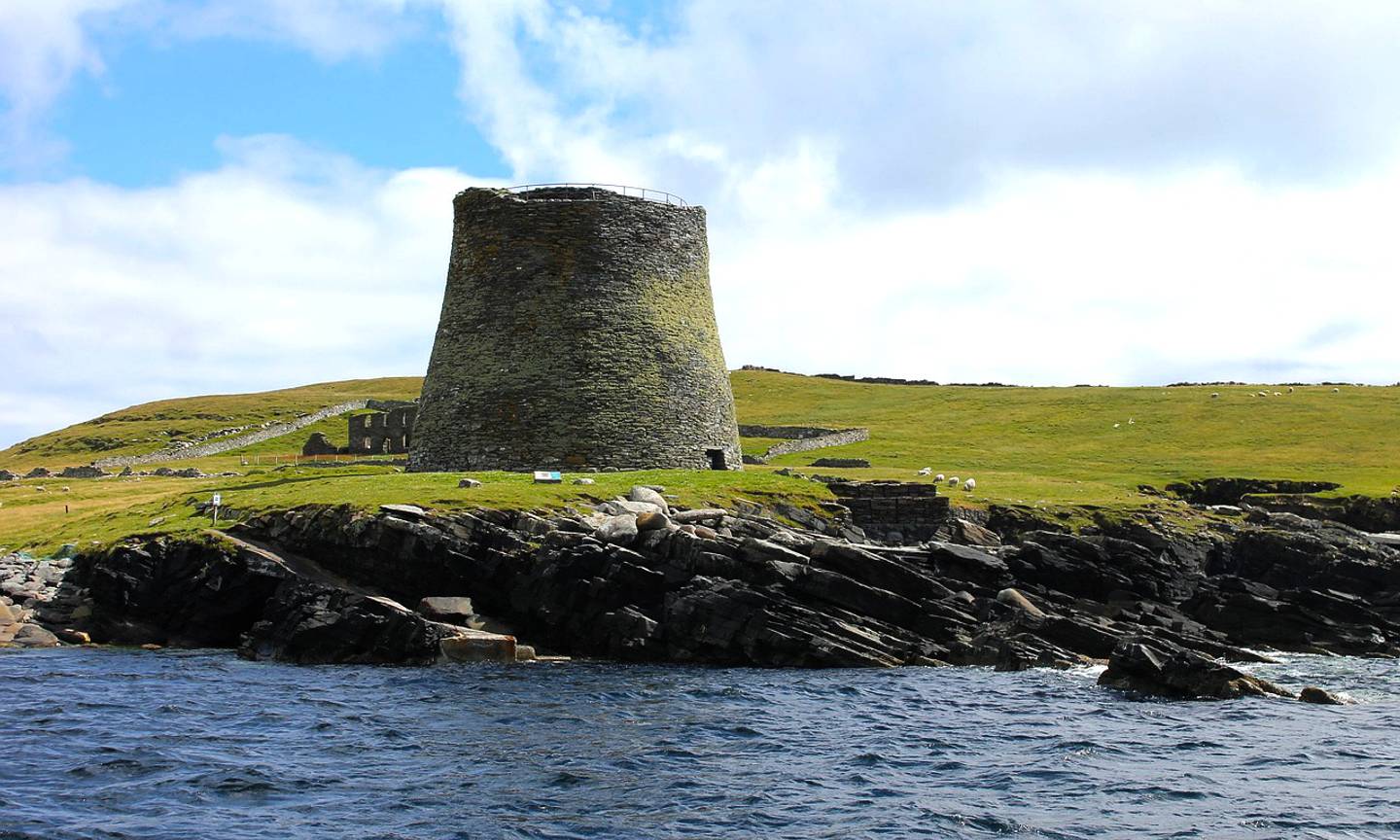Published 10/23/2023
Brochs: What Are They?
By Asher White

Why did we choose the broch as our namesake and symbol? They are Iron Age stone buildings found in Scotland—so not the most obvious candidate for a web development company name. Their uses, their construction and the peoples who made them are archaeological mysteries. What is certain is that brochs are marvels of ancient engineering and durability, making them an apt symbol for any business that takes strength, efficiency and reliability seriously.
We have no historical records about the construction of brochs other than the buildings themselves. What can they tell us? For one thing, they have survived for around two millenniums—without any mortar holding the stones together. Unfortunately, only traces remain of most brochs, mostly the bases of the walls. However, this isn’t because they weren’t built solidly—instead, they were simply an easy source of already-cut stone for people who lived in the area. An exception to this is Broch Mousa, shown in the picture, which still stands more than 40 feet tall. How was this possible? Brochs’ walls are tapered (like a cooling tower at a nuclear power plant) to channel the weight of the walls to the ground and keep the bases from bulging. They had two walls, with a staircase running between them that also served to stabilize the walls.
The quality of the stonework on surviving brochs is stunning. According to architect Stuart Bagshaw, “the stonework on those [brochs] was much better than we can expect masons to do today and we simply lost the skills that can do that sort of masonry.” Impressively, some brochs have stood mostly intact through 2000 years of bitter subarctic weather with nothing but gravity and painstakingly cut stone holding them together.
The original uses of brochs can only be speculated at. With 15-foot-thick double walls, no windows and a single entrace, brochs were previously thought to be primarily defensive structures. However, continued research has unearthed largely domestic artifacts in and around brochs, indicating they had a more everyday use as the centres of their communities. They were almost definitely dwellings, but they probably had many other roles, both defensive and communal.
Brochs have been an integral part of the north Scottish landscape for thousands of years. They are mentioned in several Norse sagas, some of them mentioning how resistant the brochs are to attack, even though they were already possibly over a thousand years old. Interest in them has continued growing until our day. In fact, in Caithness (on the very northern tip of mainland Scotland), they are planning to build a broch, with the goal of attracting interest and learning more about these ancient structures.
Brochs’ advanced engineering and durable designs make them an applicable symbol for our secure and reliable websites. Their design made them strong, and they served the as centres of their communities. Beyond that, we don’t know much about these fascinating structures—we still have a lot to learn.


